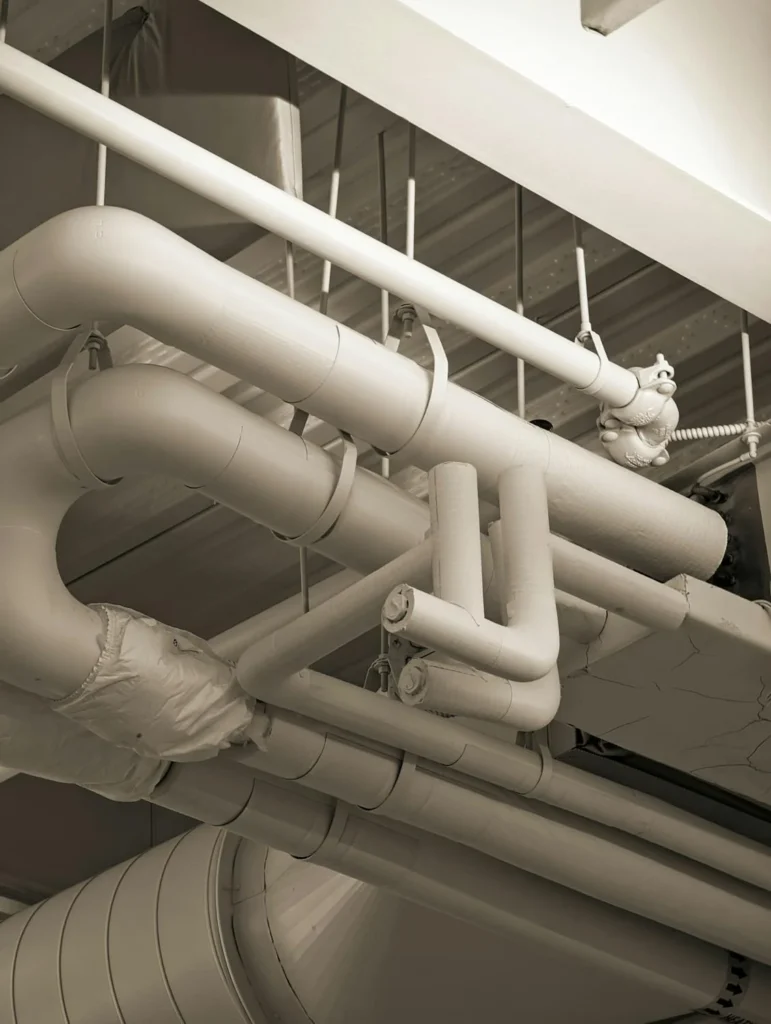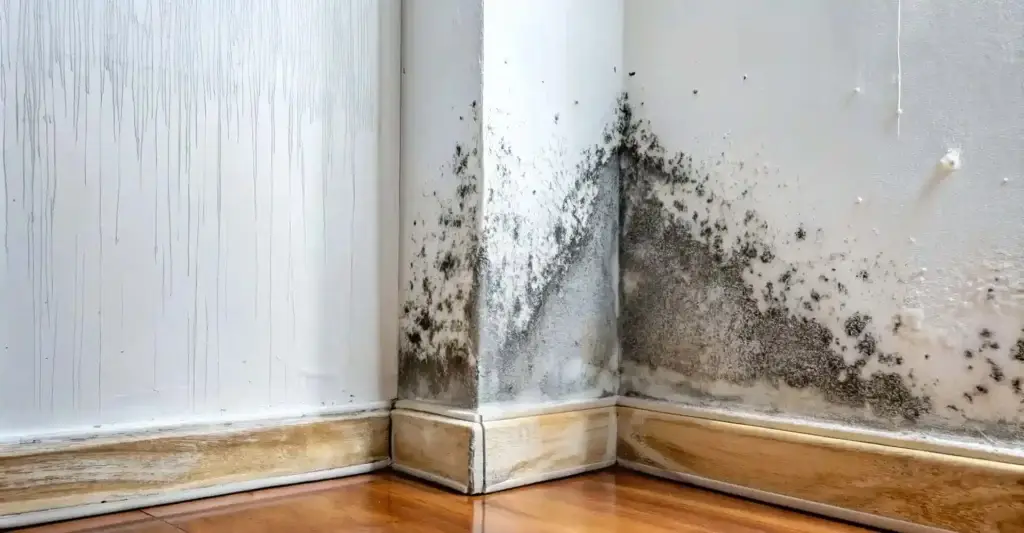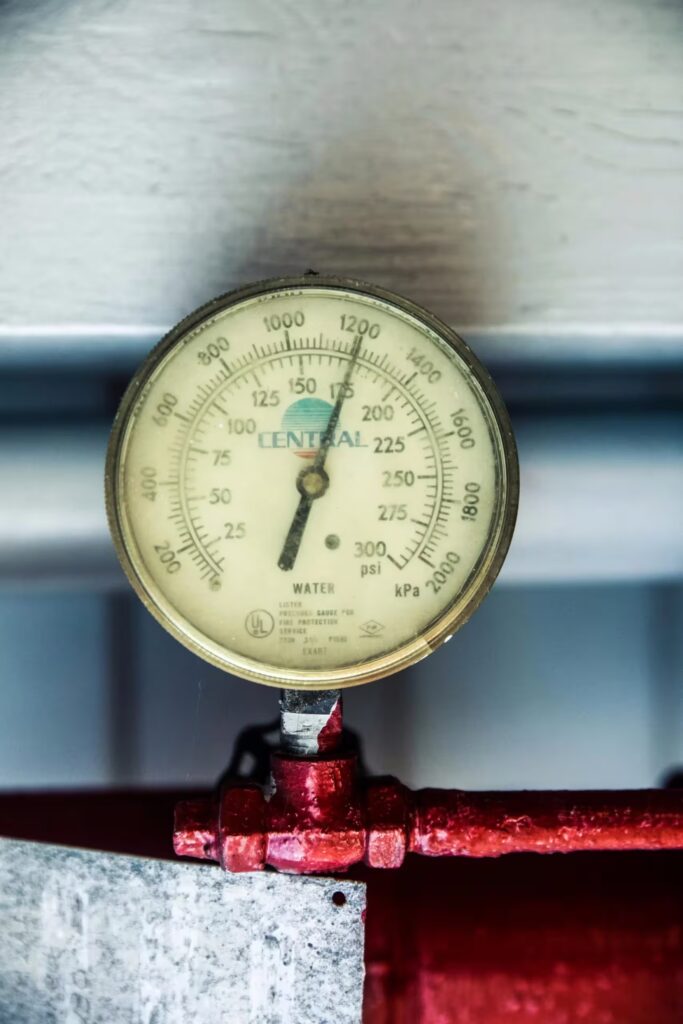Quick answer
Bromine is a highly reactive, toxic, and corrosive halogen element existing as a reddish-brown liquid, used widely in water treatment, flame retardants, and pharmaceuticals. Due to its hazardous nature, bromine is classified as hazardous waste under UK regulations. Safe disposal methods include neutralisation using reducing agents, adsorption with activated carbon, or incineration at licensed facilities. For recycling, processes like chemical recycling via electrolysis, closed-loop systems, or solvent recovery are employed. Given its toxicity and reactivity, professional bromine disposal services are essential to ensure compliance with regulations and protect both public health and the environment.
Handling, disposing & recycling of Bromine in the UK
Bromine is a versatile and highly reactive element used across various industries, but its toxic nature means it requires careful handling and disposal. If you work with bromine or encounter it in any capacity, understanding its properties, risks, and safe disposal methods is crucial. This guide explores what bromine is, its common uses, and the correct procedures for safe disposal and recycling in the UK.
What is Bromine?
Bromine (Br) is a naturally occurring halogen element found in seawater, the Earth’s crust, and certain mineral deposits. It is one of the only two elements that exist as a liquid at room temperature (the other being mercury). Bromine is a reddish-brown, heavy, and volatile liquid that evaporates easily into a pungent vapour.
Key properties of Bromine:
- Atomic number: 35
- Molecular formula: Br₂
- Density: 3.1 g/cm³ at 20°C
- Melting point: -7.2°C
- Boiling point: 58.8°C
- Highly reactive: Reacts with metals and organic materials
- Toxic and corrosive: Causes skin burns and respiratory issues
Due to its hazardous nature, anyone handling bromine should follow strict safety protocols, including wearing protective equipment and ensuring proper ventilation.
What is Bromine used for?
Bromine has a broad range of applications across different sectors, including:
- Water treatment: Used as a disinfectant in swimming pools and industrial water systems.
- Flame retardants: Found in furniture, electronics, and textiles to reduce fire risks.
- Pesticides and fumigants: Utilised in agricultural chemicals to protect crops.
- Pharmaceuticals: Used in sedatives, anti-epileptics, and certain antiseptics.
- Photography: Silver bromide is essential in traditional film processing.
- Plastics and dyes: Bromine compounds are key ingredients in some synthetic materials.
Risks and hazards of Bromine
Bromine Poisoning
Bromine exposure can be hazardous to health, leading to symptoms such as:
- Respiratory distress: Inhalation of bromine vapours can cause breathing difficulties and lung damage.
- Skin burns: Direct contact with bromine leads to severe burns and blistering.
- Gastrointestinal issues: Accidental ingestion can result in nausea, vomiting, and internal damage.
- Neurological effects: Long-term exposure has been linked to cognitive impairments.
What to do in case of exposure
- Move to fresh air: If inhaled, relocate to a well-ventilated area immediately.
- Remove contaminated clothing: Use gloves or tools to handle affected clothing and place it in a sealed bag.
- Wash affected skin: Rinse the exposed area with soap and water.
- Seek medical attention: For severe symptoms, call emergency services immediately.
Safe disposal and recycling of Bromine in the UK
As bromine is hazardous, it is classified as hazardous waste under UK regulations and must be disposed of responsibly.
1. Neutralisation
Bromine can be neutralised using reducing agents such as sodium bisulphite or sodium thiosulphate. This converts bromine into harmless bromide ions, which can then be treated in wastewater facilities.
2. Adsorption
Activated carbon and other adsorbents can be used to capture bromine vapours or remove bromine from liquid waste streams. This method is commonly employed in industrial settings.
3. Incineration
Bromine-containing waste can be incinerated at licensed hazardous waste disposal facilities equipped with scrubbers and emission control systems to capture harmful by-products. This method is strictly regulated to prevent environmental contamination.
4. Bromine recycling methods
- Chemical recycling: Bromine can be recovered from industrial processes through electrolysis or oxidation and then reused.
- Closed-loop systems: Certain industries use bromine in self-contained systems, where it is continuously recovered and purified.
- Solvent recovery: Brominated solvents such as methylene chloride can be recovered through distillation and reused in manufacturing.
UK regulations for Bromine disposal
Bromine waste disposal must comply with UK environmental and hazardous waste regulations, including:
- The Environmental Protection Act 1990
- The Hazardous Waste Regulations 2005
- The Control of Substances Hazardous to Health (COSHH) Regulations 2002
Businesses dealing with bromine waste must:
- Use registered hazardous waste disposal services.
- Maintain proper waste transfer documentation.
- Ensure compliance with Health and Safety Executive (HSE) guidelines.
Why professional Bromine disposal is essential
Given bromine’s toxicity and reactivity, professional disposal services ensure that it is managed safely. Specialist hazardous waste management companies can:
- Conduct risk assessments and provide tailored disposal solutions.
- Use ATP swab testing to confirm decontamination.
- Transport and process bromine waste in compliance with UK regulations.
Expert recap
Bromine is a crucial element with widespread applications, but its hazardous nature demands careful handling and proper disposal. In the UK, strict regulations govern the disposal and recycling of bromine to protect public health and the environment. By using professional hazardous waste services, businesses can ensure compliance and minimise risks associated with bromine disposal.
If you require bromine disposal or decontamination services, consult with a certified hazardous waste management provider to ensure safe and legal handling.
if you have any questions about Bromine disposal or chemical spills, talk to one of the team.
What is Bromine: Frequently asked questions
What is Bromine and why is it considered hazardous?
Bromine is a naturally occurring halogen element, which exists as a reddish-brown, heavy, and volatile liquid with a pungent vapour at room temperature. It is considered hazardous because it is highly reactive, toxic, and corrosive, capable of causing severe respiratory distress, skin burns, and internal damage upon exposure, and is classified as hazardous waste under UK regulations.
What are the common industrial and domestic uses of Bromine?
Bromine has diverse applications across various sectors. Common uses include water treatment (as a disinfectant for pools and spas), as a component in flame retardants for electronics and textiles, in pesticides and fumigants for agriculture, within the pharmaceutical industry for sedatives and antiseptics, and in the production of plastics, dyes, and photography chemicals.
What are the health risks of exposure to Bromine?
Exposure to bromine can lead to significant health risks. Symptoms include respiratory distress and lung damage from inhalation, severe skin burns and blistering from direct contact, and gastrointestinal issues like nausea and vomiting if ingested. Long-term exposure can also result in neurological effects.
What are the safe disposal methods for Bromine in the UK?
Safe disposal methods for bromine in the UK include neutralisation using reducing agents like sodium bisulphite or sodium thiosulphate to convert it into less harmful bromide ions. Other methods involve adsorption using activated carbon to capture vapours or remove it from liquid waste, and incineration at licensed hazardous waste facilities equipped with appropriate emission controls.
Can Bromine be recycled, and if so, how?
Yes, bromine can be recycled through several methods. These include chemical recycling, which involves processes like electrolysis or oxidation to recover bromine for reuse, implementing closed-loop systems where bromine is continuously recovered and purified, and solvent recovery through the distillation of brominated solvents from industrial processes.
What are the UK regulations for disposing of Bromine waste?
In the UK, bromine waste disposal is governed by strict regulations, including The Environmental Protection Act 1990, The Hazardous Waste Regulations 2005, and The Control of Substances Hazardous to Health (COSHH) Regulations 2002. Businesses are legally required to use registered hazardous waste disposal services and maintain proper waste transfer documentation to ensure compliance.
Why should I use professional services for Bromine disposal?
You should use professional services for bromine disposal due to its inherent toxicity and reactivity. Specialists conduct risk assessments, provide tailored disposal solutions, utilise specialised equipment and PPE, ensure compliance with UK regulations, and handle safe transport and processing of the waste. This ensures public health and environmental protection, which is critical for such a hazardous substance.

Andy Garside - Operations Director
Andy brings over 30 years of extensive experience in disaster response and hazardous waste management. With a career deeply rooted in environmental and pollution incident response, Andy possesses thorough technical knowledge of hazardous materials and waste industry operations. Andy ensures the highest standards of safety, compliance, and environmental responsibility across a wide range of complex remediation and decontamination projects. For Andy, operational excellence means not just protecting assets, but also safeguarding public health and the environment, even in the most high-pressure situations.





















